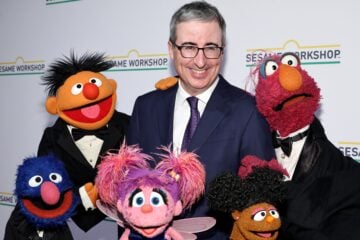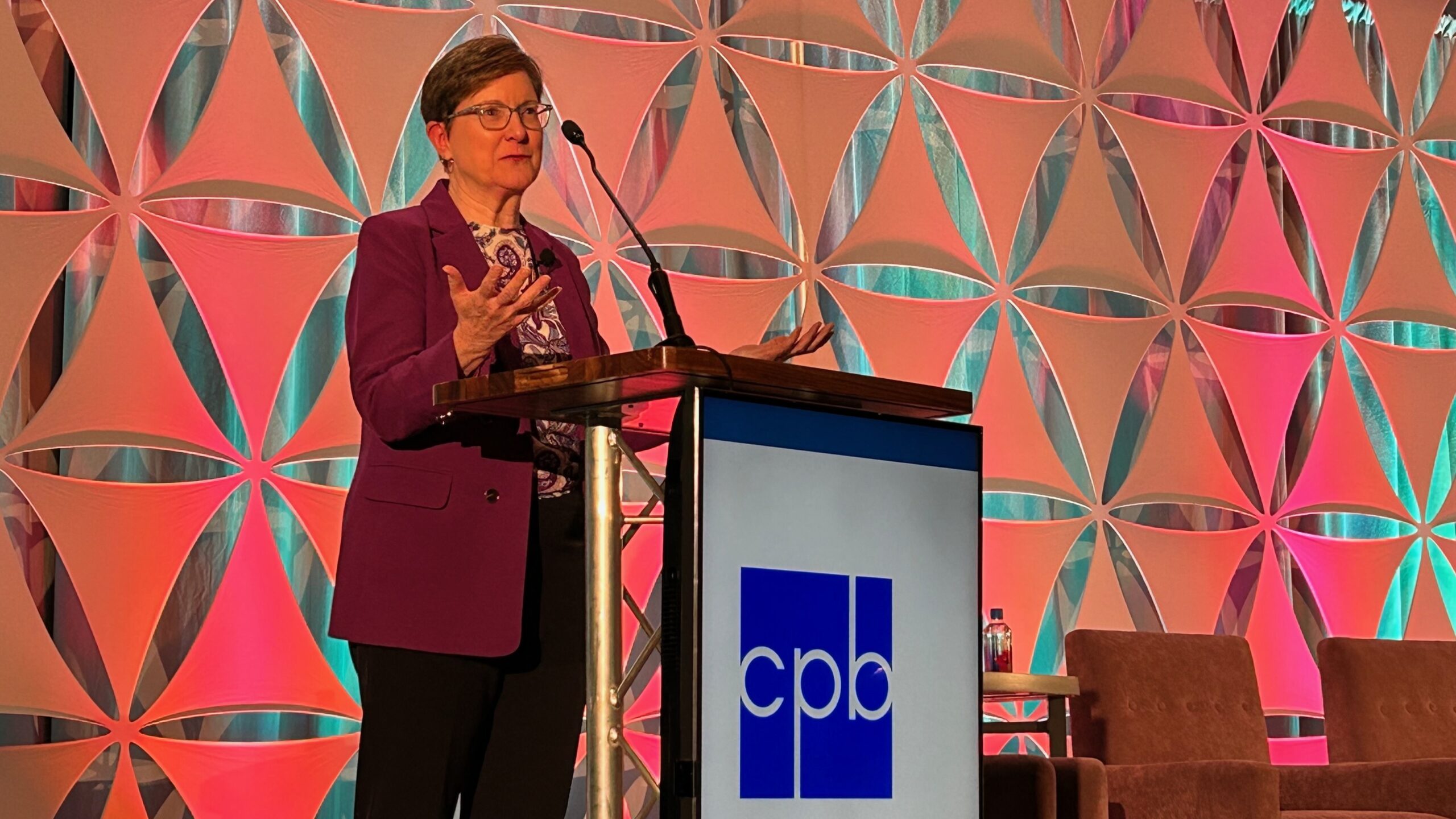PBS deal with Amazon introduces model for free public TV streams
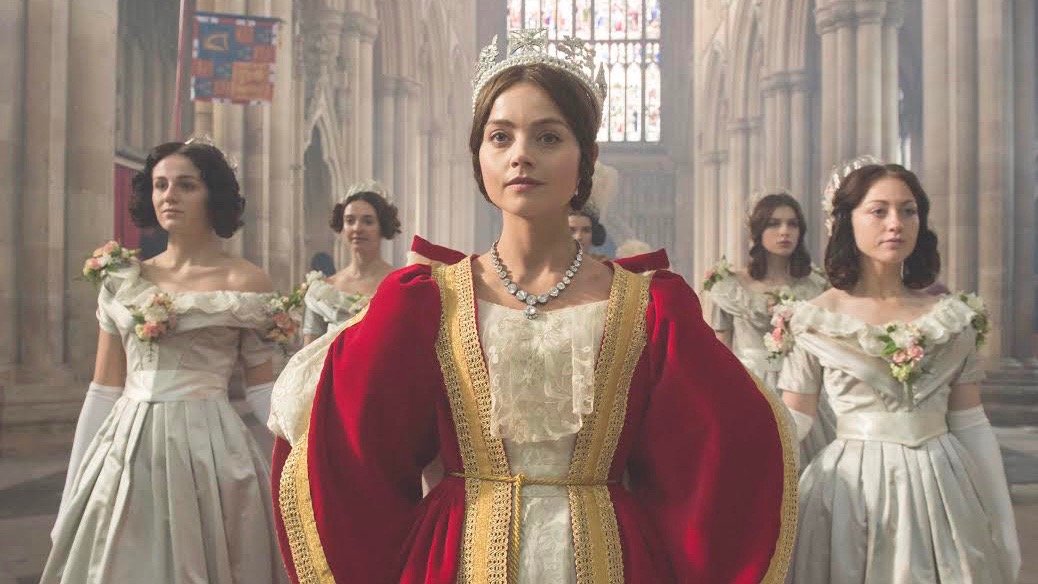
ITV Plc and Masterpiece
The "Masterpiece" series "Victoria" will be available for free streams on the new Amazon Prime Video channel PBS Drama.
When executives from PBS and Amazon began negotiating a deal to create public TV-related FAST channels for Prime Video, both sides arrived at the table with different ideas for what was possible.
PBS wanted an agreement that mirrored its partnerships with YouTube TV, Hulu and Local Now, which all provide a 24/7 PBS Kids channel in addition to hundreds of local live streams from stations around the country. Amazon, however, balked at the proposal. Carrying so many feeds from noncommercial stations wouldn’t generate enough revenue for the tech giant.
To sweeten the deal, both sides struck a compromise. Amazon agreed to carry more than 150 local station feeds and the PBS Kids channel, while PBS committed to creating two ad-supported FAST channels of its signature programs and an ad-supported “pop-up” channel devoted to a popular program from the past.
In the end, both parties considered the deal a win-win. PBS will get stations’ local live streams into people’s homes and there is no cost for stations to participate; Amazon will earn the revenues it needs to make the channels viable. Ryan Pirozzi, head of Prime Video Marketplace, described the new PBS lineup in a news release as “one of the most exciting FAST offerings today for Prime Video customers.”
Amazon Prime Video, which has more than 200 million monthly viewers, launched PBS Dramas and PBS Documentaries Nov. 26. The third channel, designed for viewers who want to binge repeats of a classic program from PBS’ archive, started with Reading Rainbow. As for viewers, non-Prime subscribers will still get free access to the public TV channels under the “Watch for Free” section within Prime Video.
“This was a complex deal,” said PBS President Paula Kerger during a recent PBS board meeting. “Companies like Amazon don’t really want to take all these free channels that they can’t monetize. … They would really prefer to take a single feed rather than to take lots of local stations.”
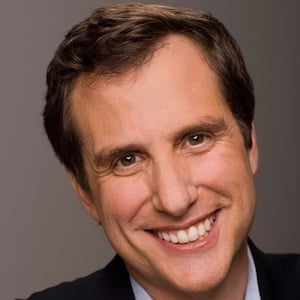
Kerger credited Chief Digital and Marketing Officer Ira Rubenstein with helping lead the discussions with Amazon. Rubenstein guided negotiations of PBS’ deals with YouTube, Hulu and Local Now, but he noted that the new agreement with Amazon is different.
“What we learned early on is the hard cost these partners have with carrying 150 stations,” Rubenstein said in an interview. “With no ad inventory available on our local stations’ live linear feed, there had to be some other way for these FAST platforms to monetize content to offset those costs. The solution we settled on was the additional channels of older PBS content.”
As a result, the local station feeds on Amazon will not display third-party advertisements like other commercial FAST channels. Viewers will see the familiar mix of local and national underwriting spots because the FAST streaming feed will be the exact same as the broadcast feed.
Happy medium between past and present
Free ad-supported streaming television channels have grown in popularity as the costs for subscription video streaming services have risen. As cord cutters grow frustrated from trying to access their favorite programs, they find themselves yearning for a bit of the glory days of channel flipping.
FAST channels represent a happy medium between the past and present. You can’t select specific episodes of a program you want to watch on a FAST channel, but many shows are available. There are channels that air the stomach-churning stunts from Fear Factor with a young Joe Rogan as host. There are also sports and music feeds and channels for Minecraft and Roblox.
Earlier this year, Horowitz Research reported that two in three TV watchers in the U.S. are using FAST channels every month.
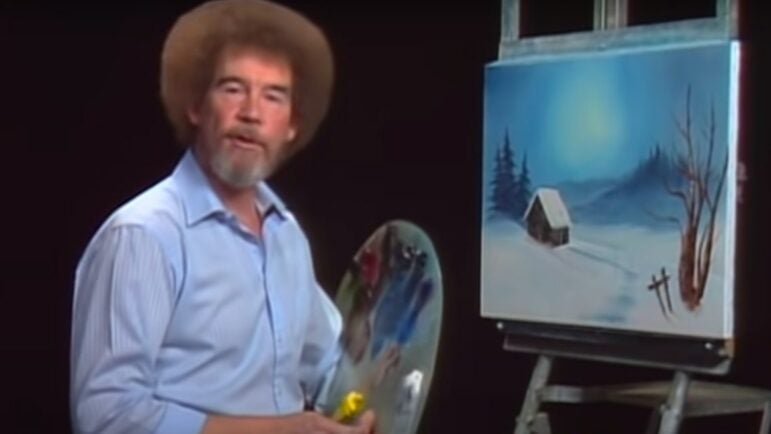
Public media is no stranger to the FAST channel phenomenon. The Joy of Painting, hosted by the late Bob Ross, has a FAST channel on various platforms led by Bob Ross Inc. and American Public Television. Similarly, PBS Distribution, jointly owned by PBS and GBH, has the FAST channel PBS Food, which airs cooking shows from Julia Child and other chefs. There’s also a FAST channel for Antiques Roadshow and the BBC series Antiques Road Trip.
The next logical step for public media in the FAST channel space was adding local stations to the mix, Rubenstein said. Now that that deal is done, he’s ready to celebrate.
“There is nothing more local than a local station’s broadcast,” he said. “This gives them more opportunity for eyeballs on a very popular platform for free where they can promote the PBS app, PBS Passport, membership and other things they offer in terms of local services. It also gives more exposure to local underwriting.”
Rubenstein noted that PBS was the first national broadcaster to make a deal like this with Amazon, beating out commercial giants Fox, CBS, NBC and ABC, each of which has hundreds of local stations under their portfolios.
“I’m excited to say that we’re first to bring all of our stations to a FAST platform, because no other network has done that,” Rubenstein said. He noted that platforms like Tubi and Pluto carry some local affiliates from the top five or ten markets but never all of the local commercial stations.
Deep catalog + nostalgia = ‘Perfect fit’
At launch, the PBS drama channel is airing episodes from the Masterpiece series Poldark, Grantchester, The Forsyte Saga, Victoria, Wolf Hall, and the PBS original Civil War drama, Mercy Street. The documentary channel features programs from Nova, Secrets of the Dead, Independent Lens, POV, American Experience and Nature. The channel will also stream the first two seasons of Finding Your Roots.

The first “pop-up” channel for PBS and Prime Video is devoted to Reading Rainbow. PBSd President Andrea Downing said in a statement that the choice of this series, which reigned in the early 1980s as the most-watched PBS show in classrooms, stems from the success of PBS Retro, a FAST Channel focused on classic content that launched in April on Roku. Reading Rainbow is a beloved series with “a deep catalog of seasons,” she said. Given the high demand for nostalgic content, Reading Rainbow “… is the perfect candidate for the first pop-up channel.”
Amazon’s Prime Video service has continued to expand its reach into free television. In 2019 it created IMDb Freedive, later renamed IMDb TV and rebranded in 2022 as Freevee. Amazon announced last month that it is shutting down Freevee and bringing its programs and staff into Prime Video.
Rubenstein wouldn’t discuss details of the Prime Video deal but noted that he’s particularly pleased with Amazon’s “minimum commitment” to carry the various PBS-related FAST channels. That provision had been a sticking point during the talks.
“Most of these FAST partners have no minimum commitment to any channels they launch,” Rubenstein said. “If a channel is underperforming, they will just drop it.” He declined to say how long Amazon’s minimum commitment will last.
Rubenstein sees the Amazon deal as an opening to pursue similar deals with other FAST channel providers. Bundling ad-supported FAST channels of older content with the carriage of the local stations is “the model that we can duplicate for our other partners,” he said. “We hope that it is a model that will work for everyone. It works for the partner. It works for our stations. It works for our producers.”
Correction: A previous version of this article incorrectly said GBH operates FAST channels featuring Julia Childs’ cooking series and Antiques Roadshow. PBS Distribution, which is jointly owned by PBS and GBH, operates PBS Food, which features series from Julia Child, Jacques Pépin and other chefs; and channels devoted to Antiques Roadshow and Antiques Road Trip.


